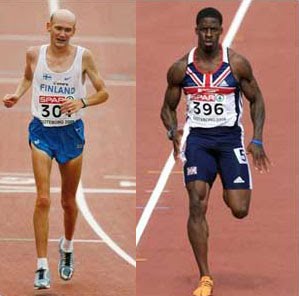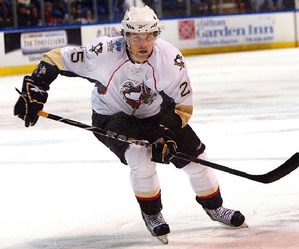USA Hockey Regional Camp Recap
As I mentioned a couple days ago, I spent the end of last week and the weekend in Colorado Springs working at a USA Hockey Regional Camp. If you weren’t already aware, earlier that week wild fires in Colorado Springs took a turn for the worse. The last I heard there was something like 32,000 […]
POSTED BY KEVIN NEELD Jul 3, 2012





